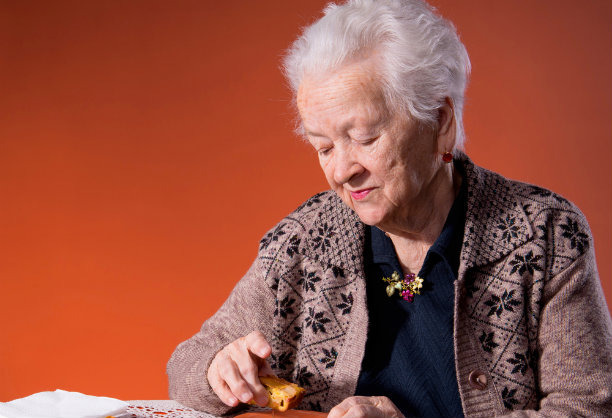7 Tips For Making Eating With Alzheimer's Easier (Slideshow)
While it may seem counterintuitive to the decorative homemaker, keeping the table as clear as possible is for the best. If there are too many arrangements, silverware options, food choices, or even too busy of a table cloth, an Alzheimer's patient can feel easily overwhelmed and too nervous.
Make It Familiar
Depending on the stage of the disease the patient is in, caregivers should be ready to experience a wide range of opinions. What a patient once loved to eat may have drastically changed or they may just be interested in eating a staple meal.
Check the Temperature
A hot meal is appreciated by anyone, but if the meal is too hot, someone with Alzheimer's may not be able to discern for themselves if it is actually too hot for consumption. Make sure the food or drink served is at a reasonable temperature.
Stand Out
Present food and table settings that stand out. Having things that do not create a distinguishable contrast can make eating very confusing for someone with Alzheimer's.
Take Time
Make sure that you watch them while they eat to ensure that they are chewing and swallowing properly. It is also important not to rush an Alzheimer's patient and to make sure they feel comfortable to figure out their meal at their own pace.
Have Fun
The more social the meals are, the happier patients will be! They will look forward to the experience and will hopefully be surrounded by a few caring faces.
Multiple Meals
A person may not remember if they ate. You may want to consider serving "several" breakfasts if the person continues to ask about eating breakfast. Serve the meal piecemeal: juice, followed by toast, followed by cereal, for example.






